KINSHASA, Democratic Republic of Congo Aca,!" Approximately 40 U.S. service members shared medical techniques and procedures with their Congolese counterparts Friday at the Command and Staff College in Kinshasa, Democratic Republic of Congo, as part of MEDFLAG 10.
Aca,!A"We are showing them how we approach patient care, giving them pointers and seeing what we can do to help improve and fine tune their skills,Aca,!A? said Sgt. Stuart Hammer of Mandan, N.D., a combat medic with the 814th Army Support Medical Company, Detachment 1, based in Grand Forks.
U.S. service members are exchanging medical techniques with the Armed Forces of Democratic Republic of Congo Immediate Response Unit (FARDC UMIR) and medics, who are the Congolese militaryAca,!a,,cs first responders to disasters.
Aca,!A"We taught classes on malaria, tuberculosis, infectious diseases, parasites, and hypertension,Aca,!A? all subjects related to tropical Africa, said Capt. Itofe-Engulu Desire, a 16-year veteran doctor with FARDC.
Classes led by U.S. service members included arriving at the scene of an incident, assessing casualties, and treating and preparing patients for transport. The 814th brought training aids, including a U.S. Army issued medic bag and moulage, modeling material used to devise mock injuries for added realism.
Pvt. 2nd Class Ndalaga-Sango Augustino, a nurse with the FARDC UMIR, said the U.S. medics taught her and her fellow soldiers about battlefield evacuation procedures, while the UMIR practitioners taught the Americans different techniques for bandaging patients. The exchange of techniques was beneficial to both groups, she said.
Aca,!A"WeAca,!a,,cve shared a lot of good ideas and have gotten some techniques from them that I never would have thought of, such as different patient carries and bandaging of patients,Aca,!A? said Spc. Ricky Smith of Fargo, a combat medic with Detachment 1.
The battery of classes is leading up to a mass casualty exercise that will take place Sept. 16, in which the FARDC UMIR soldiers will demonstrate how their disaster response operations.
The UMIRAca,!a,,cs Company 3 responded to the oil tanker truck that overturned in the eastern Congo in July, bursting into flames killing at least 230 and injuring more than 200. The UMIR soldiers are anxious to show their countrymen their skills and how, with better equipment and more trained soldiers, they would be able to better treat casualties in the event of a similar disaster, said Smith.
Aca,!A"In the end, we hope they can gain anything that makes them more adequate at saving lives,Aca,!A? said 1st Lt. Coty Sicble of Bismarck, a medical administrator with the 814th based in Bismarck.
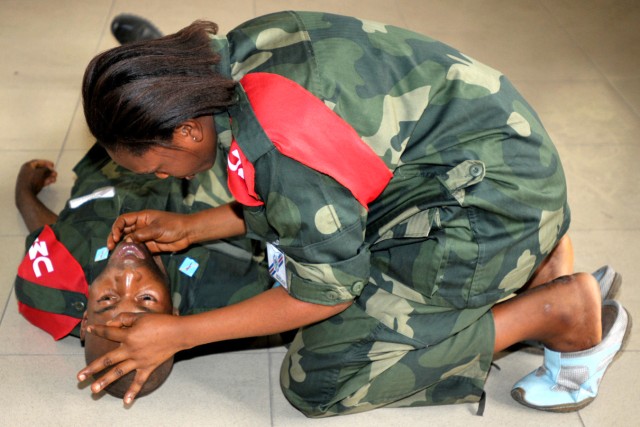
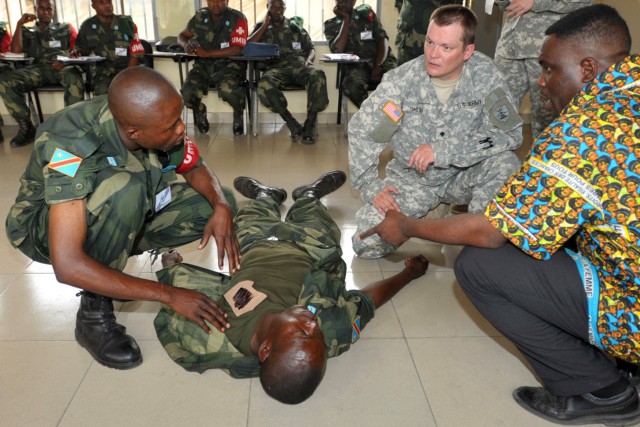
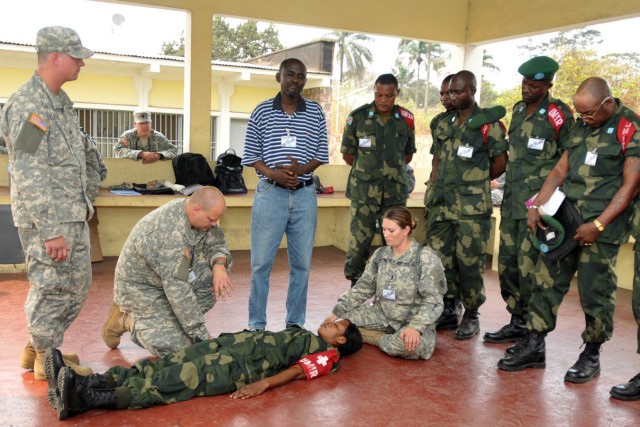
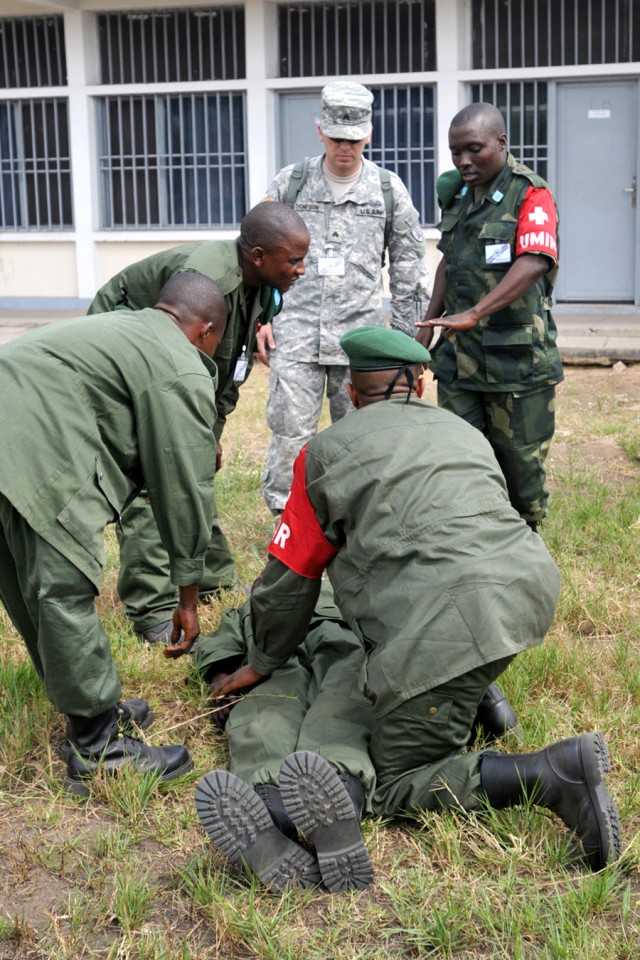
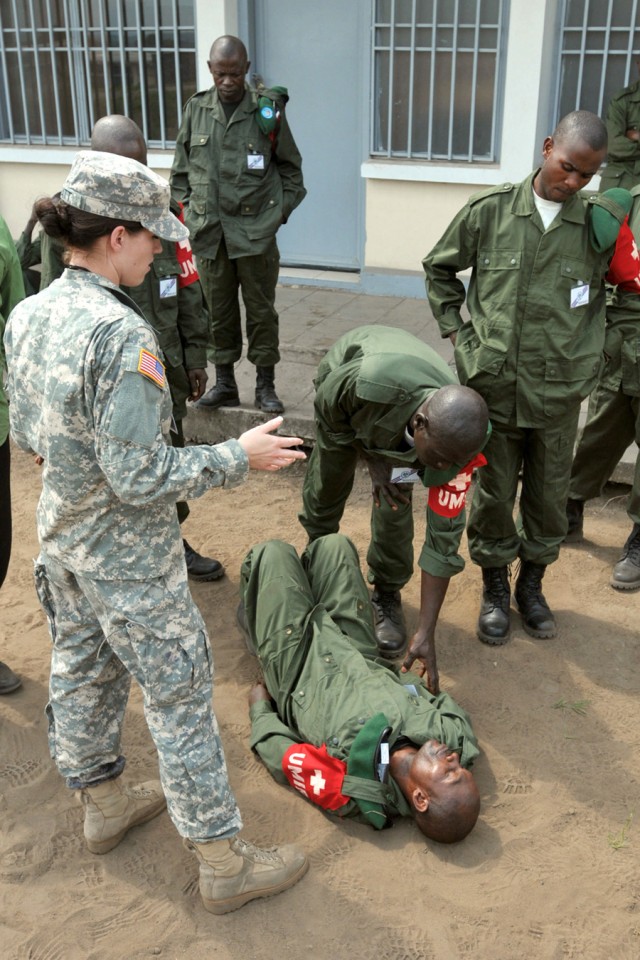

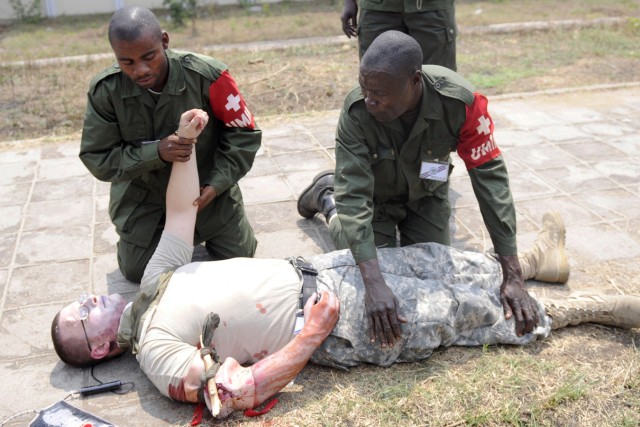
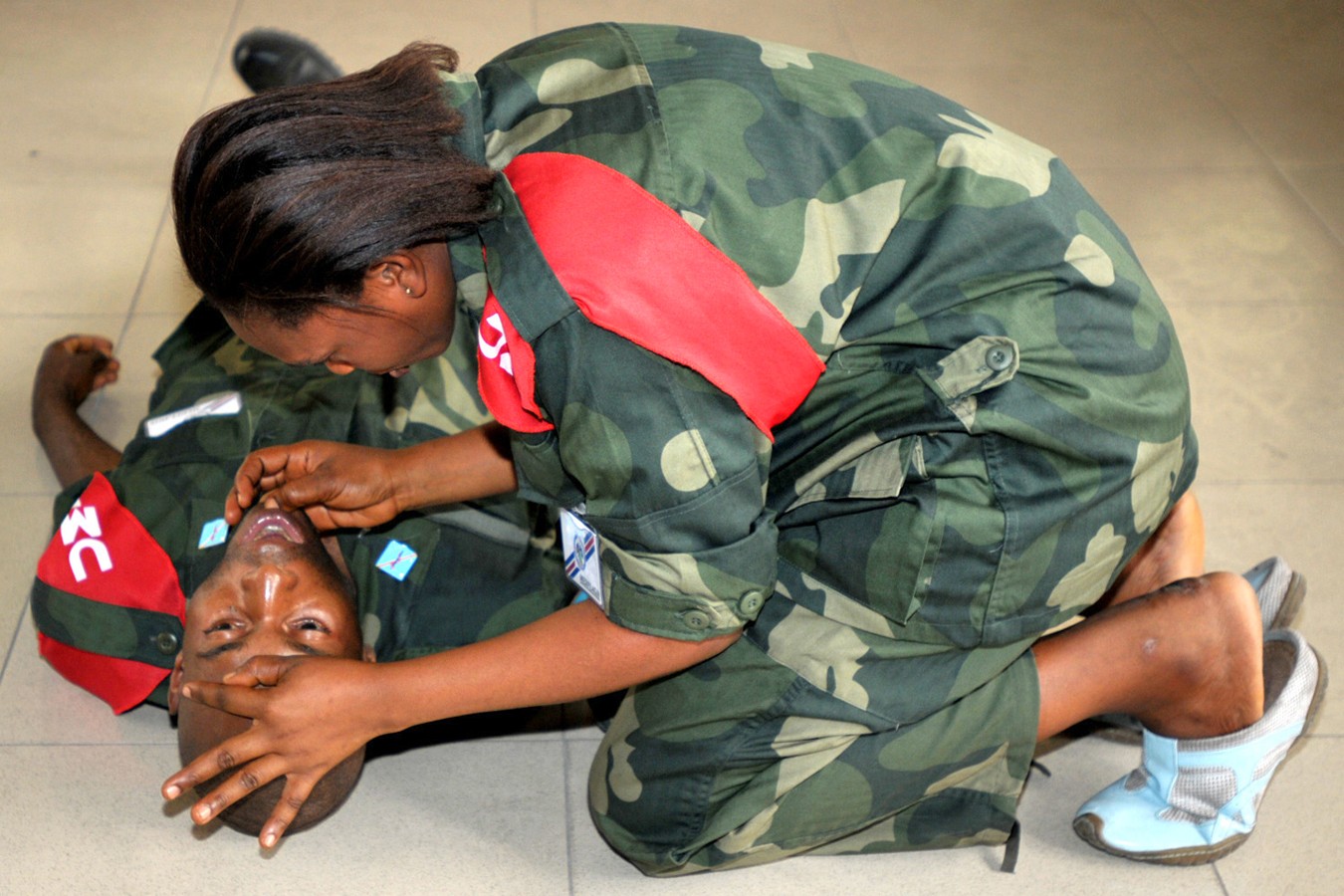
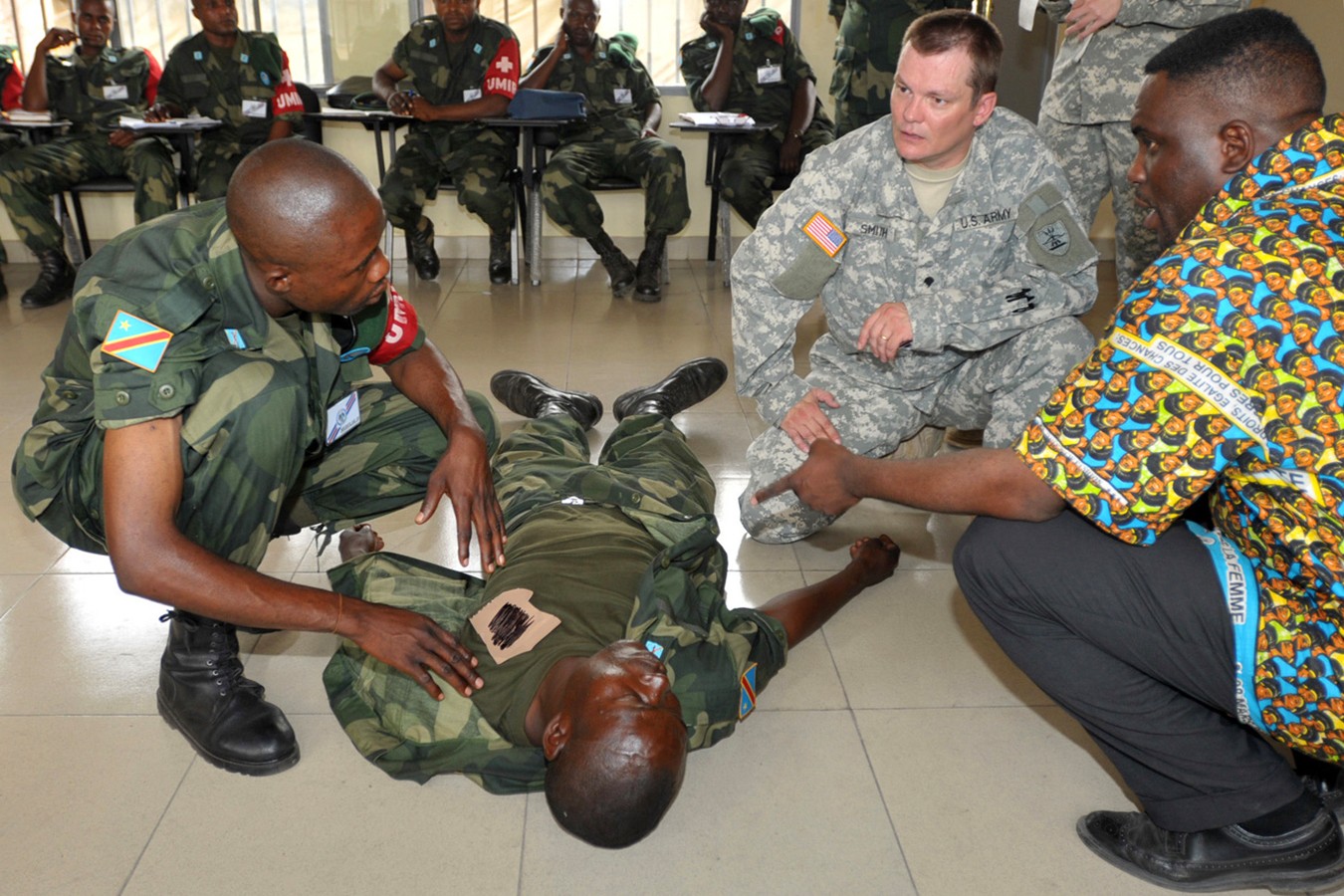
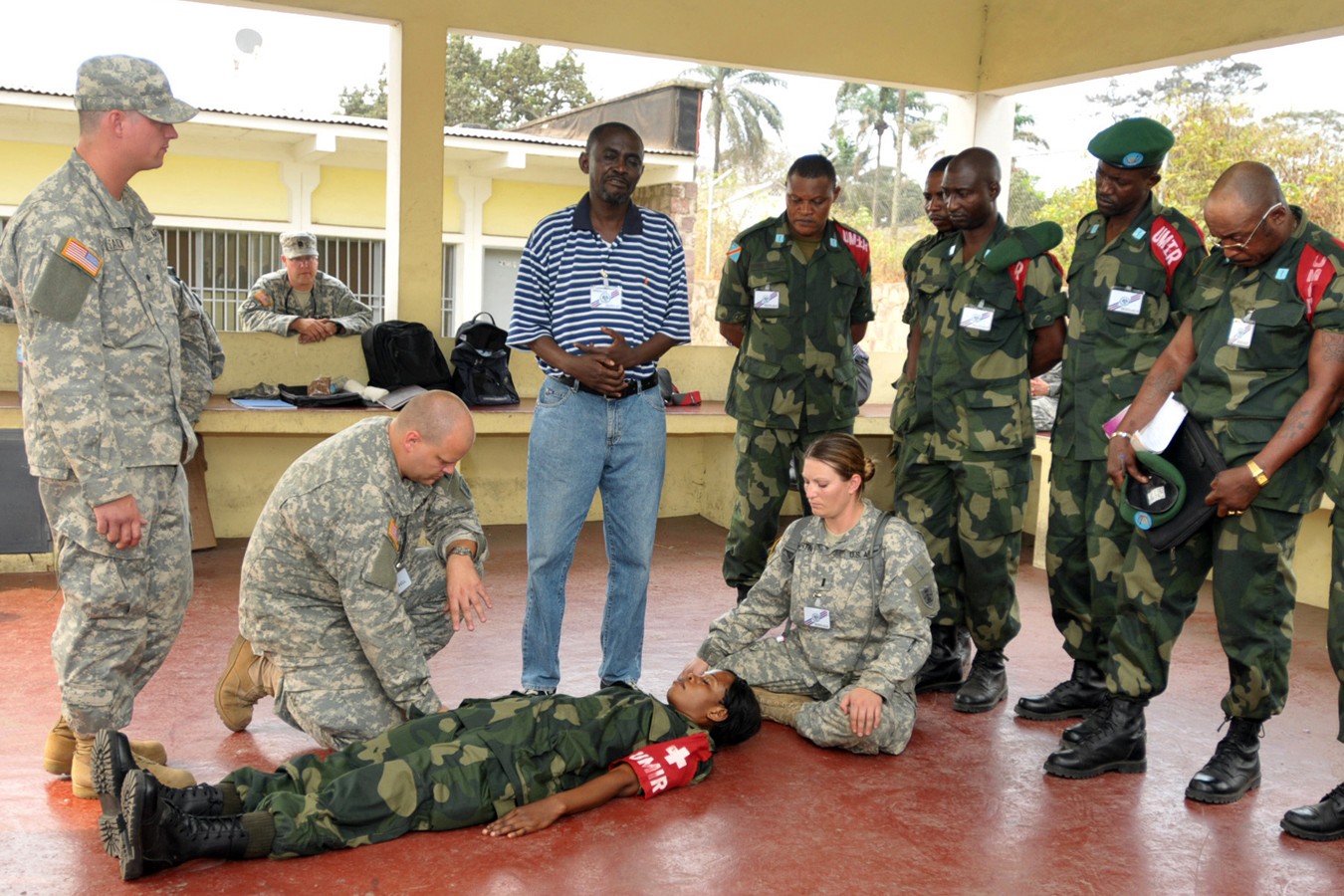
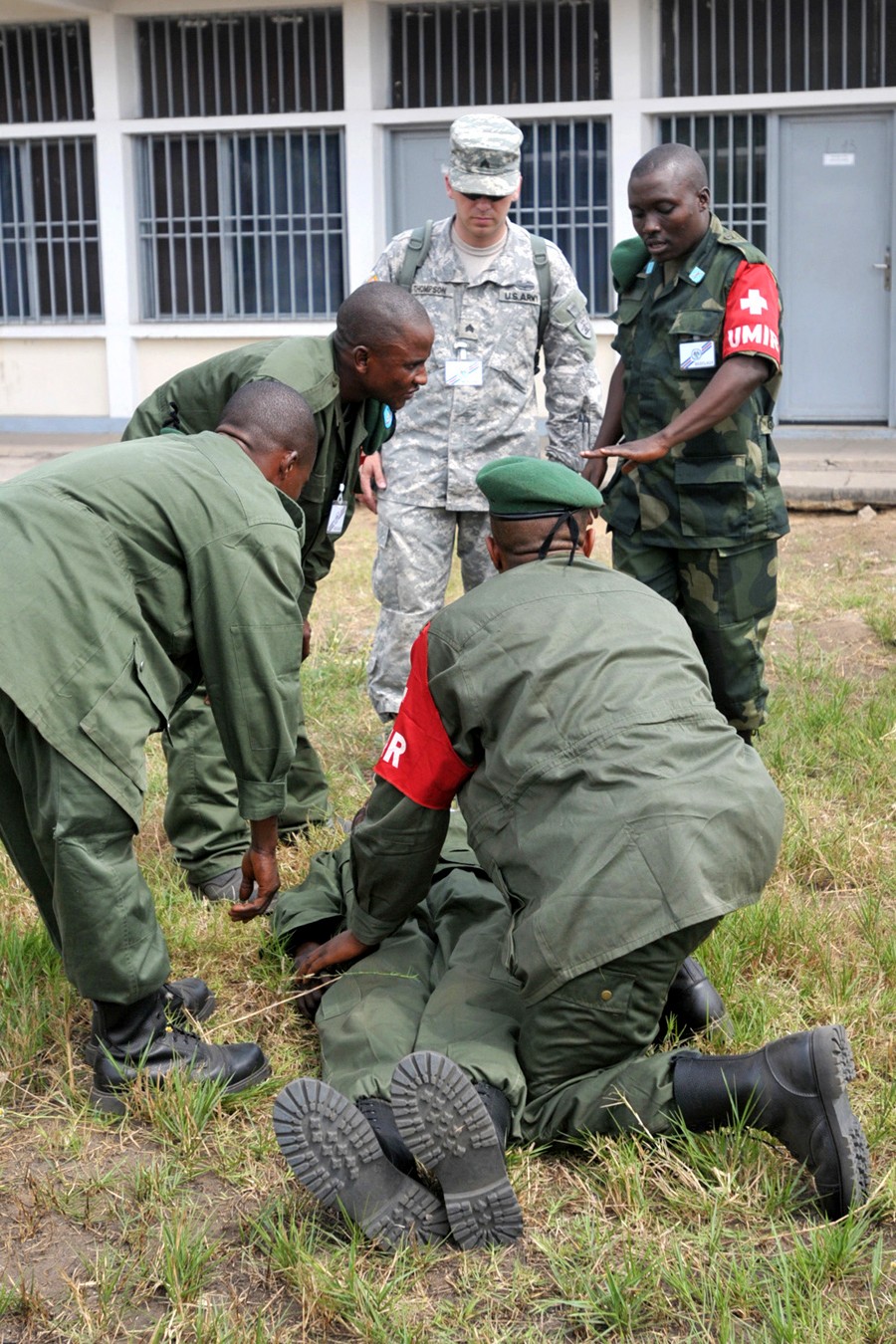
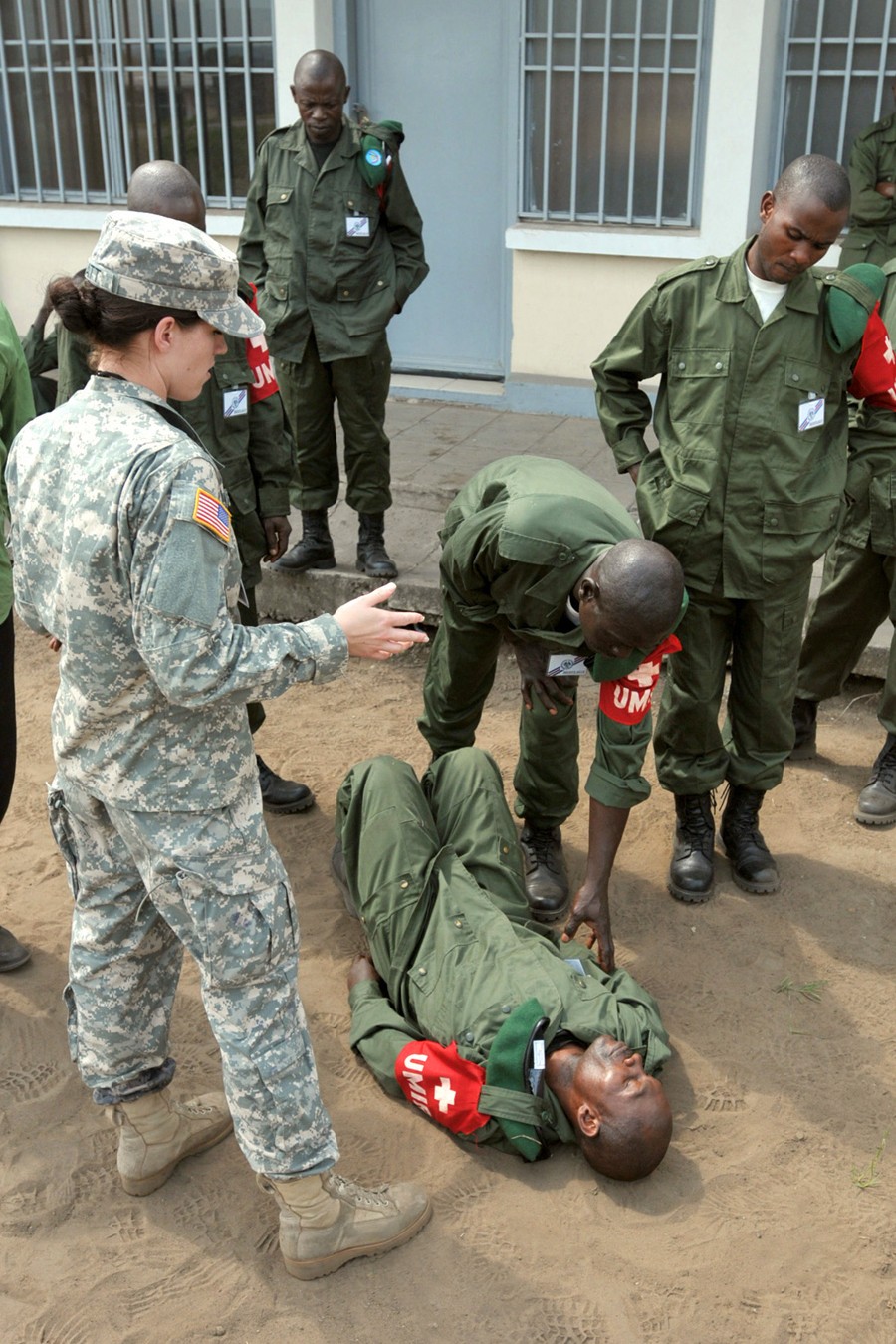
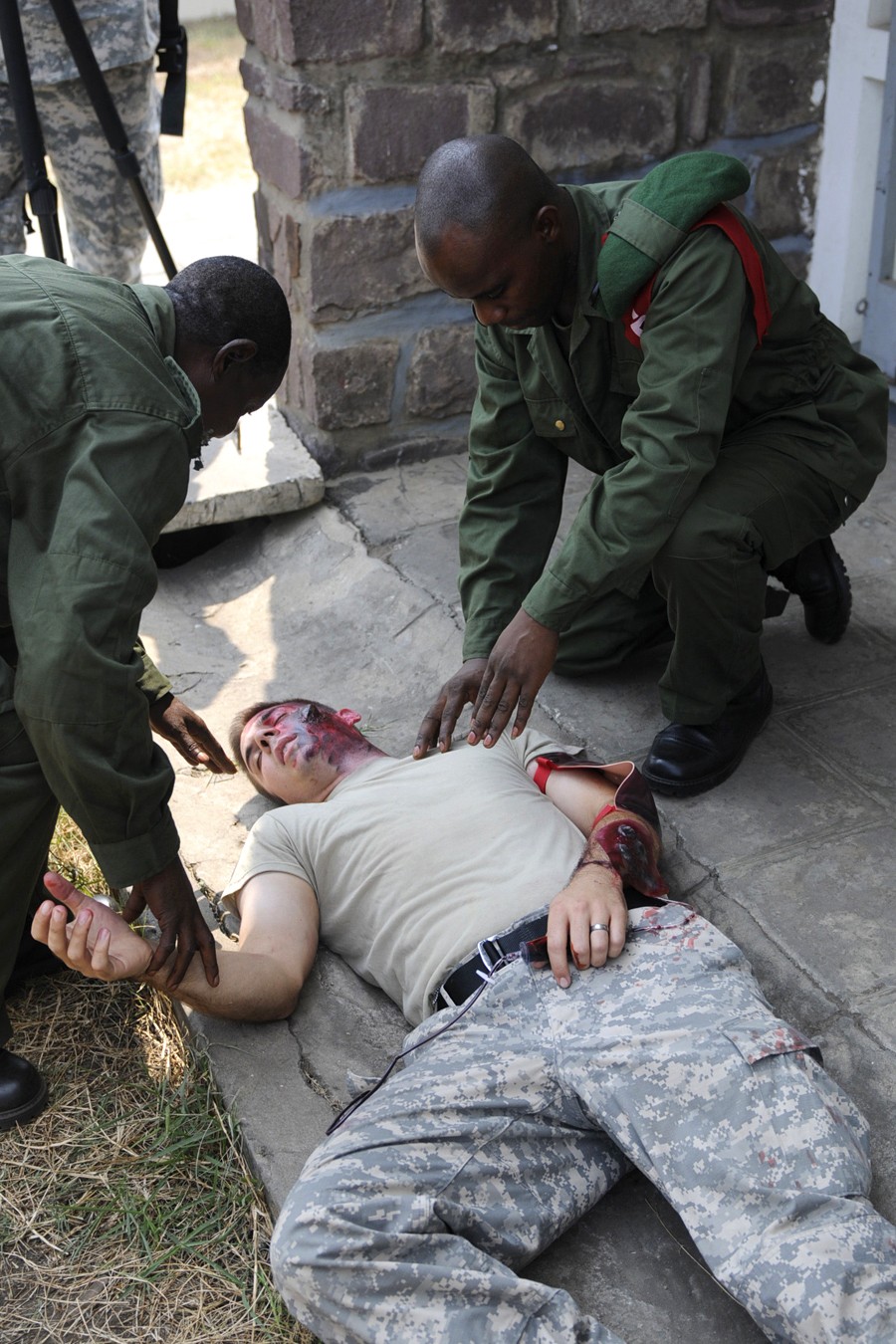
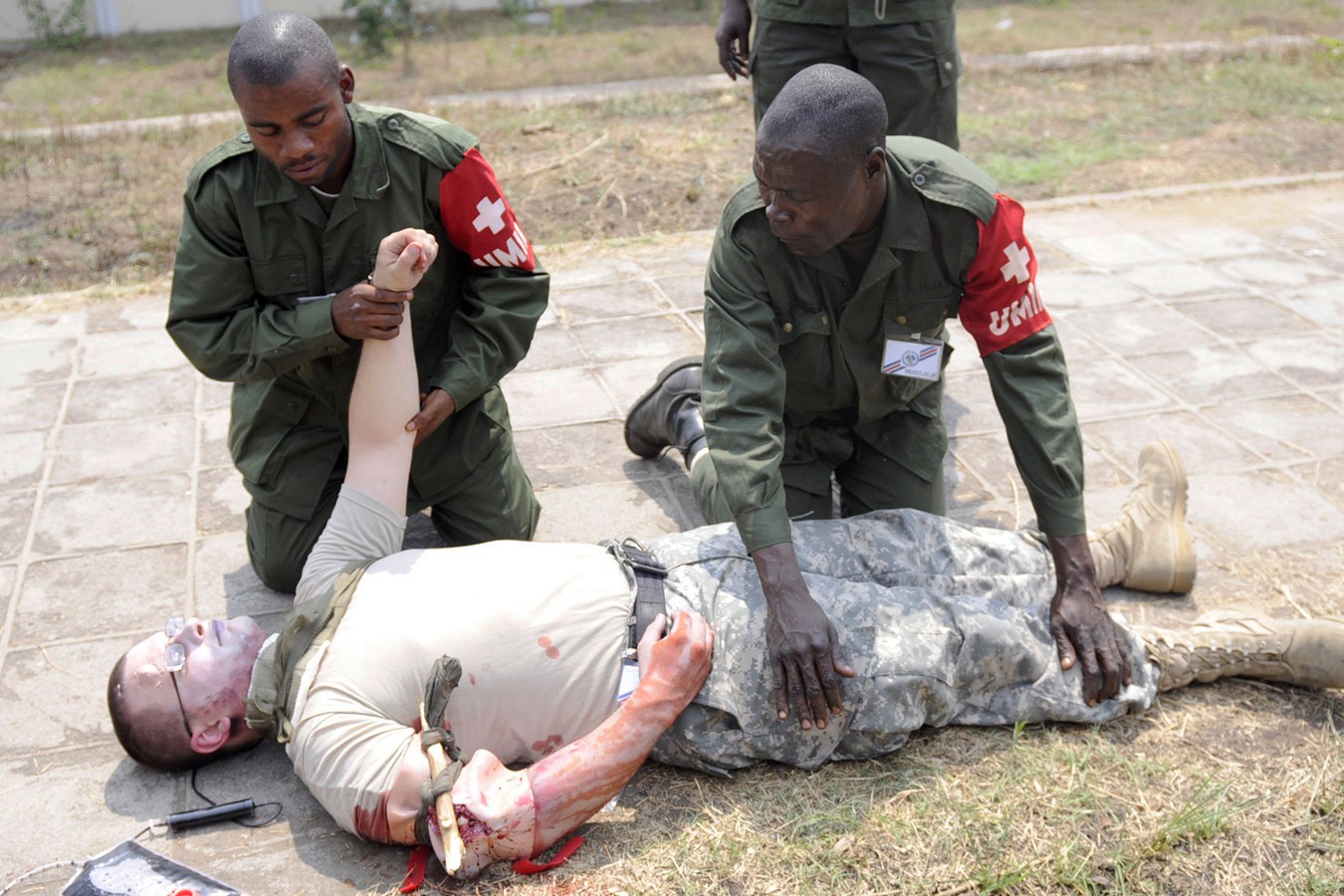
Social Sharing